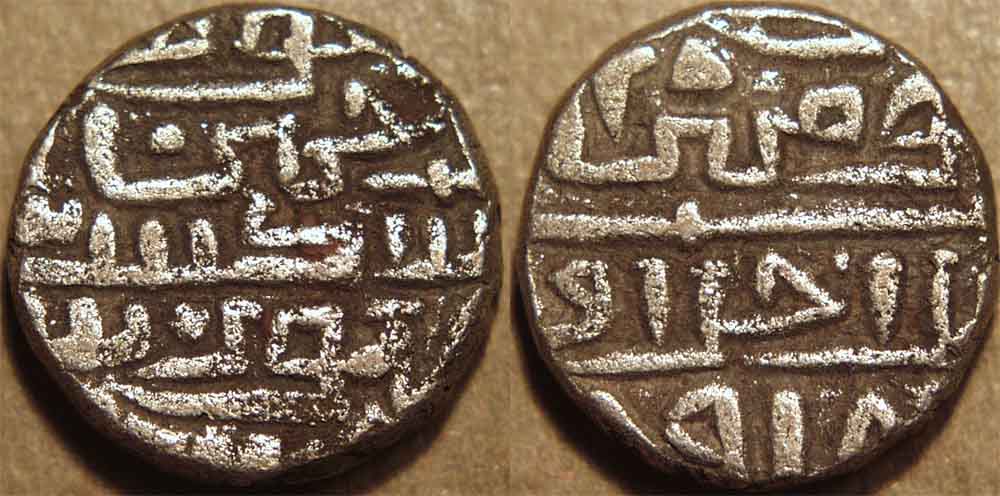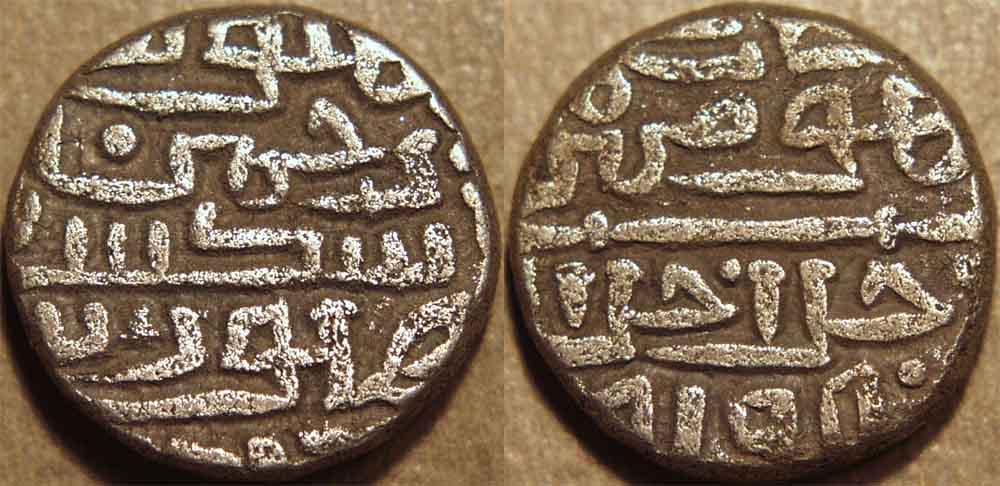|
After the death of Firuz Shah Tughluq and the invasion of Timur (Tamerlaine), the Delhi Sultanate was in a state of chaos and fragmentation. For a while, most of the out-lying
provinces functioned quite independently and the sultan controlled only a limited area around Delhi. During this period the Sayyid dynasty attained power. Eventually, the ruler of
Punjab, Bahlul Lodi, was invited to Delhi to provide some stability. Bahlul achieved that and reestablished the sultanate by conquering various neighboring territories, including
the Jaunpur sultanate, during his long reign of 48 years (1451-89).
Bahlul was succeeded by his son, Nizam Khan, who took the title Sikandar Shah. He continued and consolidated the process of restoring order and central authority during
another long reign of 29 years. His son, Ibrahim, succeeded him in 1523. Ibrahim's main claim to fame is that he was defeated at Panipat in 1526 by Babur, marking the end of
Lodi rule and the arrival of Mughal power.
|
 |
Sikandar Shah (1488-1517) |

|
Sikandar Shah Lodi (1488-1517) Silver tanka, AH 918
Weight: 8.70 gm., Diameter: 18 mm., Die axis: 4 o'clock
Legend: al-mutawakkil 'ala'l rahman sikandar shah bahlul shah sultan /
Legend: fi zaman amir al-mu'minin khulidat khilafauhu, date 918 ( = 1512-13 CE) |

|
Sikandar Shah Lodi (1488-1517) Silver tanka, AH 919
Weight: 8.50 gm., Diameter: 18 mm., Die axis: 4 o'clock
Legend: al-mutawakkil 'ala'l rahman sikandar shah bahlul shah sultan /
Legend: fi zaman amir al-mu'minin khulidat khilafauhu, date 919 ( = 1513-14 CE) |
|